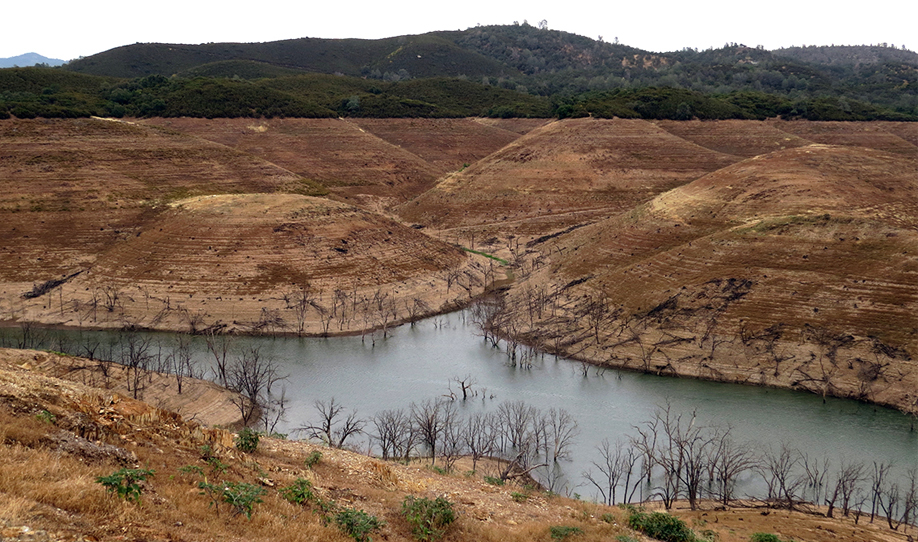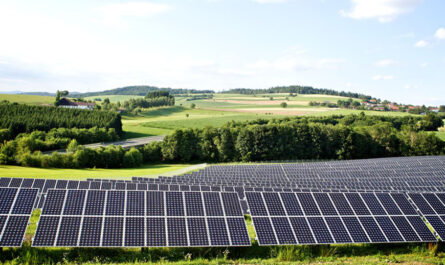
If the West Coast’s unprecedented water shortage continues as expected, the entire country will soon feel its impact.
“Despite all our accomplishments, we owe our existence to a six-inch layer of topsoil and the fact it rains.”
This (lightly paraphrased) quote from radio newsman Paul Harvey dates back to the previous century, but in California, now emerging from a 22-year drought, the words have never rung truer.
California’s water problems aren’t simply the result of less rain, though, or even rising temperatures. The rain and heat are also more erratic, making it more difficult to ration water from wet to dry years. That in turn makes underwriting the sector very difficult.
“Ten years of retrospective data helps power the risk modeling, the underwriting scores, and allows insurance companies and lenders to apply the right rates and right metrics to different crops,” explained Ramsey Masri, a longtime California grape farmer and the CEO of agricultural risk insights firm Ceres Imaging. But “the data that’s been used over the past ten years has been thrown into total chaos because of these massive unpredictable spikes.”
Whether California ignores water sustainability or tackles it head-on, this high-stakes bellwether market will have lessons for regions facing climate change the world over.



